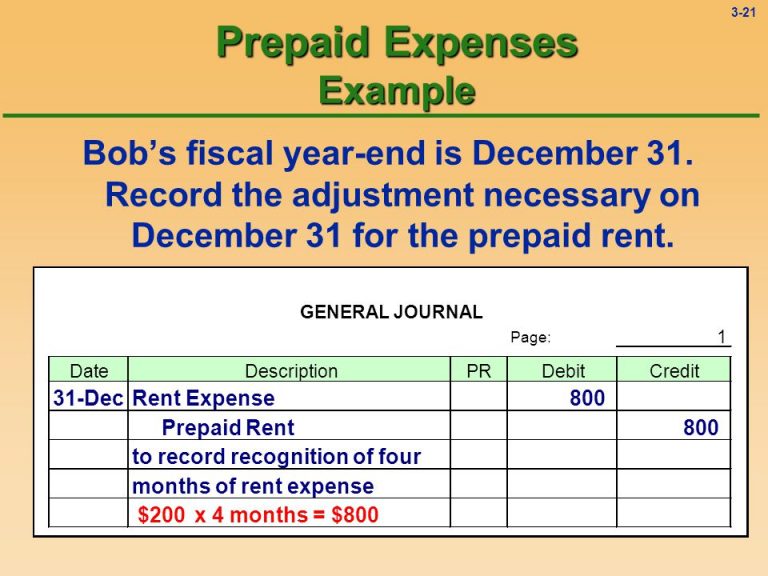
Prepaid expenses are expenses that have been paid in advance and therefore won't have to be paid again, in a way they create cash by enabling the company to avoid paying out towards the expense for the benefit period. Prepaid expenses are treated as current assets because the company has paid for something and someone owes services or goods in exchange in the future.Īlthough the prepaid expenses are generally classified as Current Assets in the balance sheet, however, it’s an unusual classification as prepaid expenses will never, except in rare cases, be turned into cash in the practical world. Because the advance payments are to obtain benefits for the organization over a period of time, the cost of these assets is charged against profits throughout the period, usually on a monthly basis. The payment is a current asset on the balance sheet and this amount paid is then amortized, as the consumption or utilization happens by charging proportionate amounts to expense accounts. Prepaid Expenses are the expenses that are paid before the time period in which the benefit will be consumed. What is the accounting treatment for prepaid expenses? Supplies, prepaid insurance, prepaid advertising, advance rental, advance tuition fee, and prepaid interest are some examples of prepaid expenses that may require adjustment at the end of an accounting period. These payments initially get recorded as assets but are expected to become expenses over time or through the normal operations of the business. This latter red flag is triggered when the deterioration in prepaid expenses exceeds the 80 th percentile relative to the change experienced by industry peers between 20.Prepaid expenses, sometimes referred to as deferred expenses, are the amounts that have been paid in advance to a vendor or creditor for goods and services. they are very high) relative to GICS industry peers, and/or when there is an abnormally large build-up in prepaid expenses relative to the normal rate of change amongst industry peers over one and three years. Our accounting screen is set to trigger a red flag when prepaid expenses/sales exceeds the 80 th percentile (i.e. Prepayments are far more common in Vietnam where there is an incidence rate of 79% but these are very small at just 0.1% of sales on average.

For example, prepayments tend to be larger in China, at 2.5% of sales on average between 20, as shown in Figure 11, although there is an incidence rate of just 24%, as shown in Figure 12. There is also some variance in prepayments by country. After all, why would a company pay in advance for goods or services? Well, some industries have long lead-times, such as real estate, which require deposits, as shown in Figure 9.


Prepaid expenses are a relatively rare occurrence with just 24% of the 16,000 companies in our sample having recorded some. The prepayment would appear as a non-interesting bearing liability whilst its proceeds would be included in cash. Flatter financial statements:Companies might receive prepayments from connected parties in order to make their balance sheets appears stronger.Cash extraction:High prepayments can be indicative of companies making payments to connected parties for services that will never happen.There are a number of reasons to be concerned about high levels of prepaid expenses: Prepaid expenses are future expenses that have been paid in advance. We penalise companies with a high and/or rising level of prepaid expenses relative to industry peers.


 0 kommentar(er)
0 kommentar(er)
